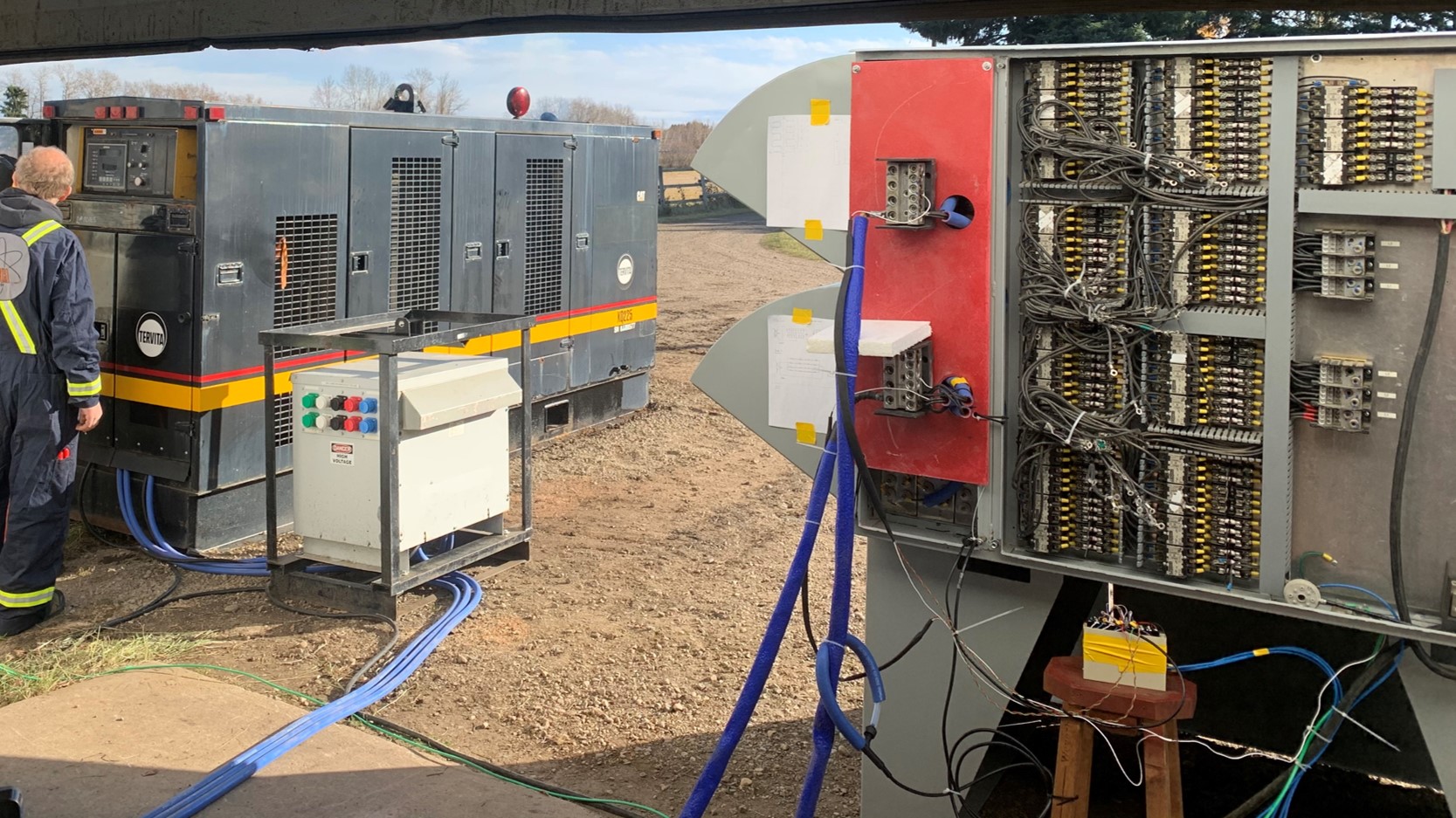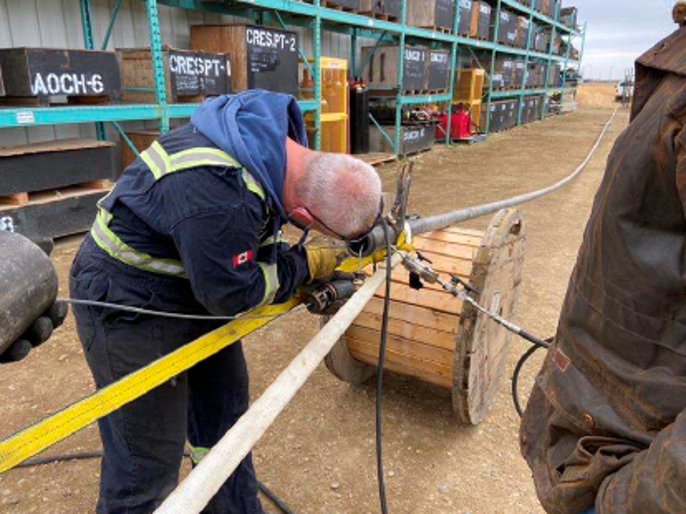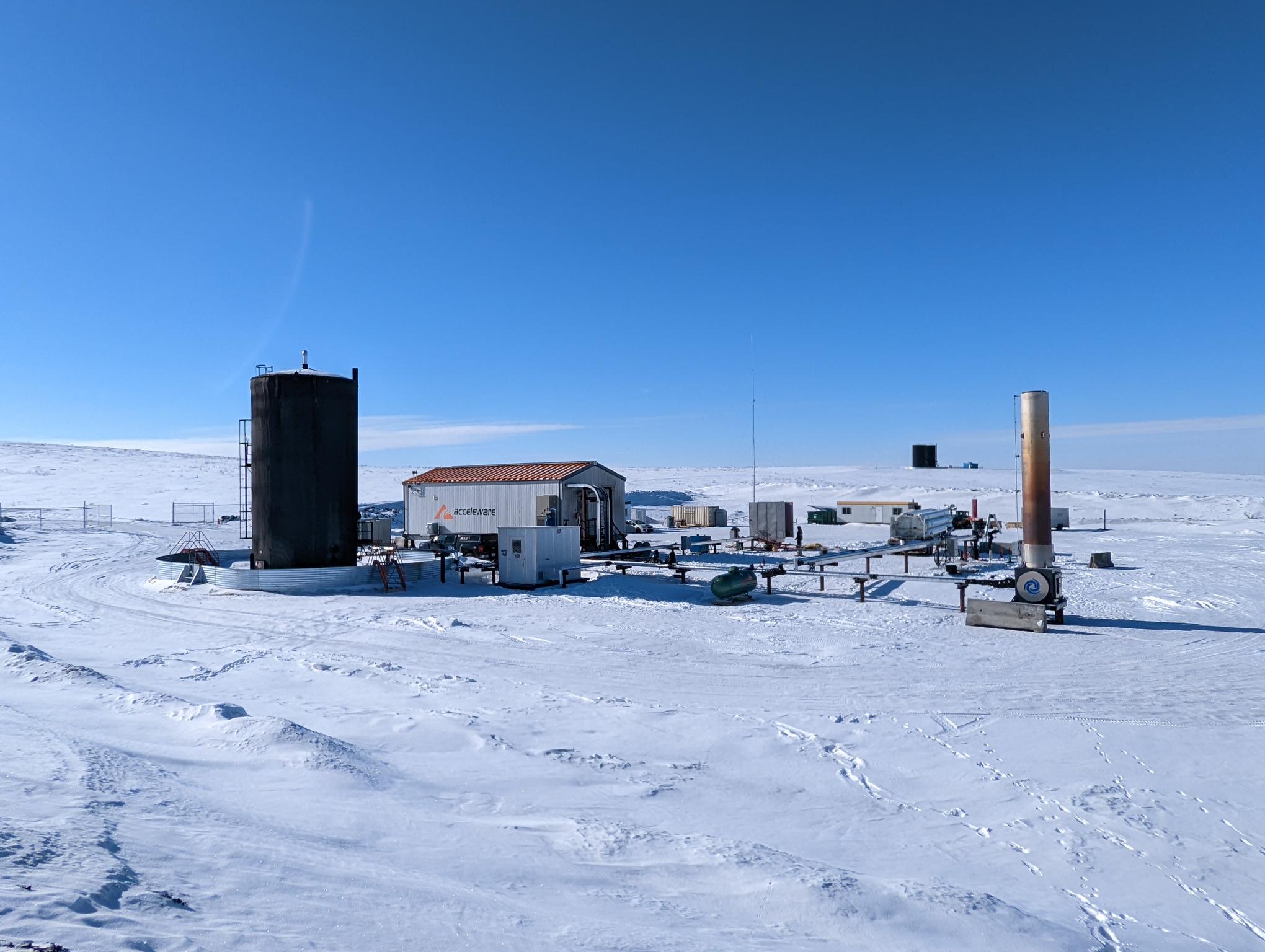Environment
massive environmental improvement potential
Acceleware's CTI could yield massive environmental benefits to combustion intensive industrial processes, including clean thermal heavy oil and bitumen production via RF XL.
The transformative nature of the RF XL innovation can be partly explained through its decarbonization and fresh water elimination potential. RF XL is designed to generate zero Scope 1 and Scope 2 GHG emissions when it is powered entirely by renewable electricity, nuclear, or other clean power sources. In addition, RF XL eliminates the need for fresh water, which in turn means fewer surface facilities and less land disturbance, offering a cleaner and more sustainable solution to meet the world’s growing demand for energy.
In addition to RF XL, Acceleware is working to develop other potential CTI applications that can replace other combustion-dependent industrial heating processes.


Reduced GHG emissions
In greater detail, Acceleware's technology contributes to reduced GHG emissions estimated at:
- 25% immediately, based on the GHG intensity of Alberta’s electrical grid power in 2019;
- 50% or more for onsite power using combined cycle power generators;
- 56% longer-term, based on the forecasted GHG intensity of Alberta’s grid in 2030;
- 70%+ when using co-generation power; and
- Up to 100% reduction when using renewable electricity sources.
Improvements in environmental performance
The much smaller physical footprint of Acceleware's RF XL process contributes to additional improvements in environmental performance compared to SAGD or other steam-based production techniques, and generates dramatically better economics. Unlike a traditional SAGD project, RF XL components at the well pad are largely mobile and can be easily removed and redeployed to other production sites.
Additionally, RF technology is well understood and very commonly used in a variety of day to day applications, and is, in fact, even applied as a disinfestation tool for soils and disinfection of foods. RF XL can meet or exceed all regulatory and safety requirements, including those of Alberta Energy Regulator (AER), International Commission on Non-Ionizing Radiation Protection (ICNIRP) and Alberta Environment and Parks (AEP).
RF XL can meet or exceed all regulatory and safety requirements and can be easily removed and redeployed to other production sites.











